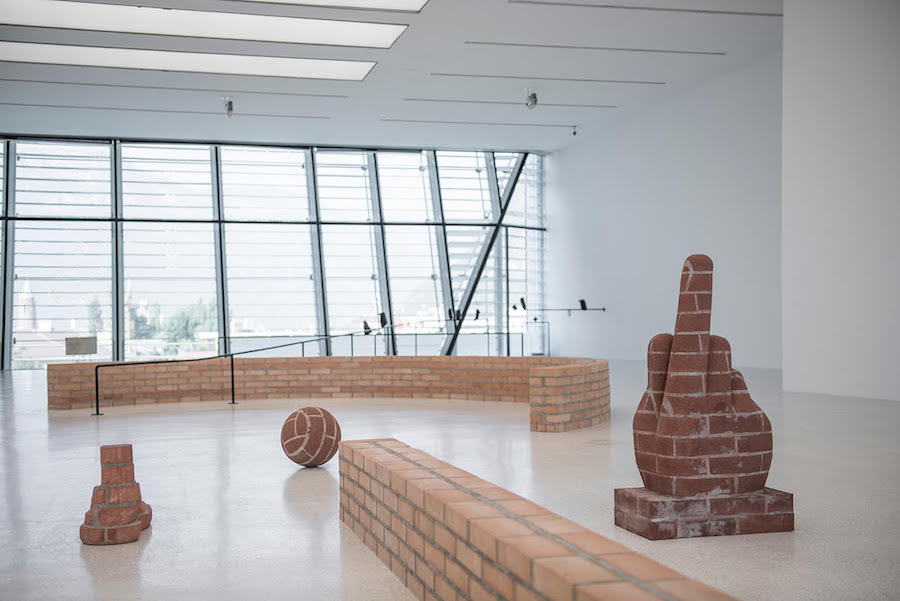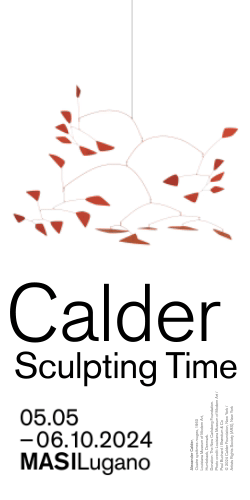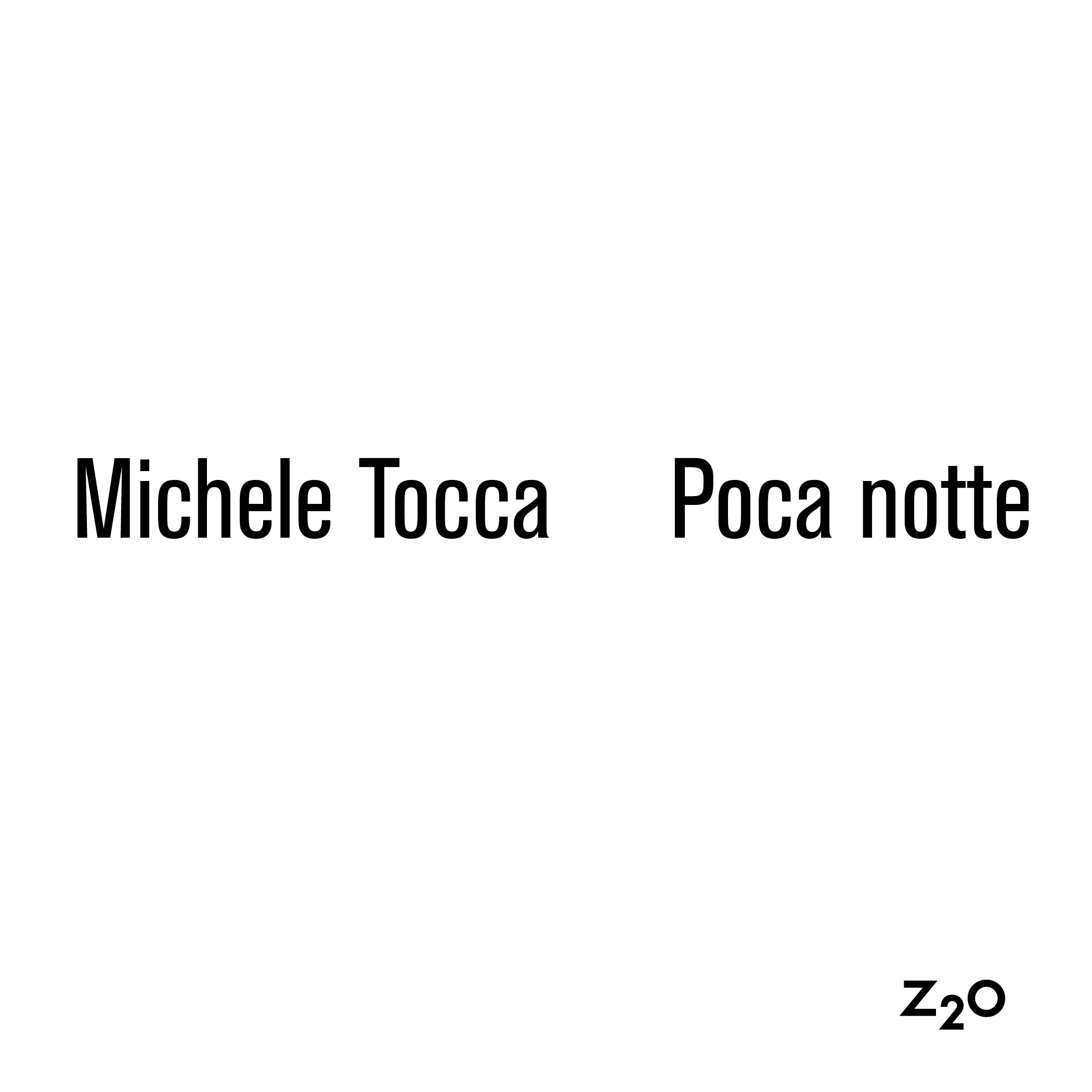[nemus_slider id=”59469″]
A few days ago opened Judith Hopf’s first italian solo exhibition, UP, curated by Letizia Ragaglia. Audience will encounter more than thirty works like videos, sculptures and collages: some of them really conceived for UP, that will be available at Museion Bolzano from October 1st to January 08th 2017. The exhibition keeps a close dialogue with location and landscape surrounding Museion, as the artist designed a specific setting that connects her works with Passage, the spaces on the fourth floor.
The relationship with the South Tyrolean landscape is also reflected in the invitation, whose graphics have been created by Hopf: she acts as an artist who, through a playful spirit and irony, wants to get the viewer’s own vision of contemporary.
Shown below Judith Hopf’s interview —
ATP: The title “Up”: Can you tell us something about it?
Judith Hopf: It is a little chapeau to the location of Bolzano, which is in the mountains. Also such a short word as up produces a certain cliff-hanger moment. It triggers, at least in my head, a certain expectation and thoughts about the direction “Up”. I think, for example, that what goes up must also go down somewhere again. So it includes some sisyphus ideas.
ATP: “Lily’s laptop” is the first work that we meet, entering the exhibition: can you explain us this choice, adding something about the work’s origin?
JH: Lily’s laptop is a contemporary adaption of an historic silent movie called “Le bateau de Léontine”. In the original movie, a teenage girl is watering a whole bourgeois house, because she wants to see what it looks like and if her model of a boat could float in it.
My adoption is an attempt to connect my artistic attempt to those hilarious and anarchic cultural practices known from art history, but seldom looked at in the context of art institutions of our days. I thought it might be a good start to understand my position and points of references in the arts.
ATP: Some works are conceived specifically for Museion; and they set a particular relationship with both the museum and the landscape: what about this process?
JH: It is always a praxis of mine to connect new works with older works, as they can be understood as rewritten texts or poems that are enmeshed with each other like a woven textile or texture.
ATP: We see that you use bricks to split exhibition’s spaces, to create new spaces and also to support newer works: would you tell us something about this choice?
JH: In Bolzano I will try to connect sculptures with my newer experiments, namely to build sculptures out of bricks. I started with those sculptures for my last exhibition at my gallery Kaufmann/Repetto in Milano early this year, for an exhibition called hearings. There I tried to construct a certain self-portrait in confrontation with the world of endless self-management and (self-) organization, which is forced on us in a society of self-control, such as that in which we currently find ourselves. At Museion there will also be a long brick wall running lengthways right across the exhibition hall, two hanging cinema tents containing films regarding the theme “up” and the animal sculpture groups Flock of Sheep and Bird Looking Back. My hope is that the animal sculptures will be understood as part of the landscape which is very present in the exhibition hall due to the two giant windows on each side of the exhibition. To be honest, being confronted by such a magnificent landscape as the dolomites, an artist with their poor means is automatically in a narcissistic crisis – so one possibility is to include the landscape somehow actively in the setting – we will see if it will work out somehow.
ATP: And we often encounter animals in your works: do they represent something particular for you?
JH: Humans are not the only animals living on planet Earth and I myself am quite aware of this. I think the relations between non-human animals and human animals are quite interesting. Politically seen, there are a lot of conflicts often caused by the projections humans put on other animals.
ATP: As we see the crows observing people/spectators like in an “inverse birdwatching”, how would you define your relationship with the audience: I mean how do spectators look at your works, and how you look at spectators?
JH: I often consider the audience as part of my world of things – sometimes there is a certain mirroring process happening between the object being observed and the observer. Or I play with possibilities of the objects, animating the observer in order to include him as a part of the sculptures. So we could speak of a certain performative achievement when the audience is observing my artworks.
ATP: Which is the last exhibition that you attended, as the audience and not as an artist?
JH: I went to see the group show RENCONTRES IMPROBABLE (the secret encounters of Kusama Kalthoum) curated by Jayce Slalom and Mireille Kassar, in a non-profit project room called Oqbo in Berlin and virtually I visited yesterday the show Inzest/Insect by Gerry Bibby and Henrik Olesen at the gallery Deborah Schamoni in Munich. Both were great to see!!













